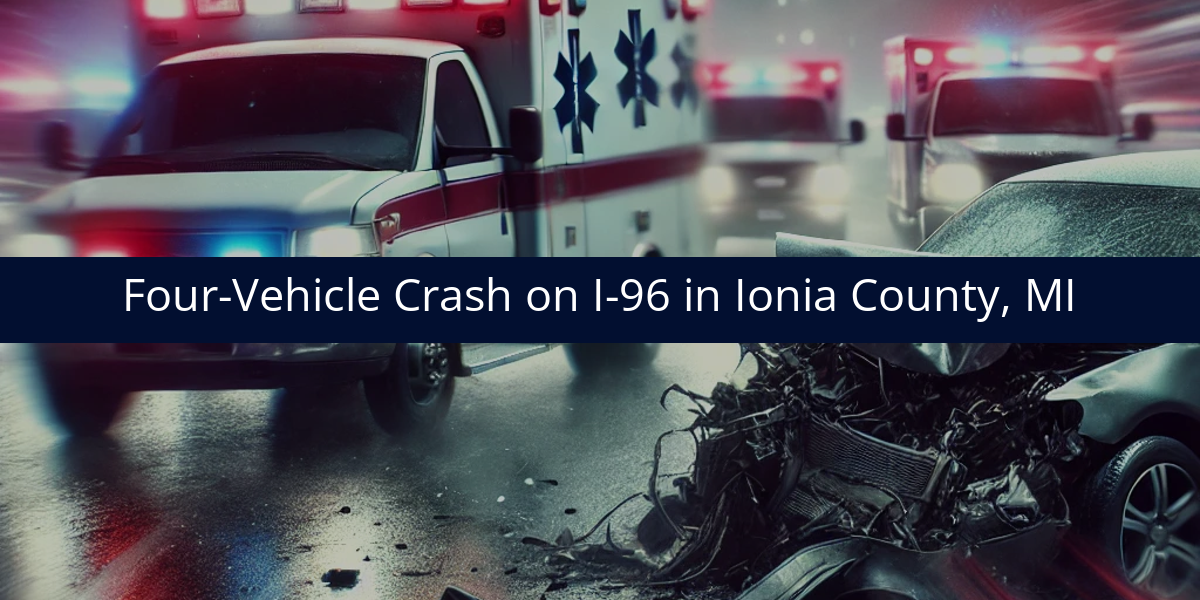A crash in Kerr County claimed the lives of three motorcyclists Saturday afternoon in what authorities say was an alcohol-related incident.
According to the Texas Department of Public Safety, the collision occurred shortly before 5 p.m. on State Highway 27 at Bluff Creek. Officials say a gray Toyota SUV traveling eastbound crossed into the westbound lanes and struck three motorcycles head-on. The motorcyclists—Courtney Cortez, 25, Cody Cortez, 34, and Daniel Cortez Jr., 57—were all pronounced dead at the scene. A passenger on one of the motorcycles was airlifted to a medical facility in San Antonio with serious injuries.
The driver of the SUV was arrested and charged with intoxication manslaughter and intoxication assault. Authorities continue to investigate the circumstances that led up to the crash.
Whenever I hear about a crash that allegedly involves intoxication, I immediately think about the many unanswered questions that come with such incidents. In my experience, crashes like this raise serious concerns not just about the driver’s actions, but also about how, and where, that individual obtained alcohol before getting behind the wheel.
Was the Suspected Intoxicated Driver Overserved Before the Crash?
While the focus will naturally fall on the driver’s decisions leading up to the crash, another important issue often goes overlooked: whether a bar, restaurant, or other alcohol provider contributed to this crash by serving the driver when they were obviously intoxicated.
Under Texas dram shop law, alcohol providers may be held responsible if they serve a patron who is already obviously intoxicated to the point where they pose a danger to themselves or others. That’s why it’s essential to investigate whether the driver in this case consumed alcohol at a licensed establishment prior to the wreck, and if so, whether employees continued to serve them when they should have stopped.
What Evidence Could Help Uncover the Full Story?
In order to determine the full story, investigators need to gather key pieces of evidence. This includes locating where the driver may have been drinking and obtaining surveillance video, receipts, witness statements, and credit card records. Establishing the driver’s level of intoxication during and after service will be critical to determining whether a provider ignored obvious signs of impairment.
Toxicology reports and any statements made by the driver or witnesses in the aftermath of the crash will also be important in piecing together the timeline of events leading up to the collision.
Why Thorough Investigation Matters in Cases Like This
I’ve seen how important it is to leave no stone unturned after a fatal crash like this one. When lives are lost due to intoxication, determining exactly where and how things went wrong is essential to ensuring accountability. Whether this crash ultimately points to an irresponsible alcohol provider or other contributing factors, only a complete investigation can reveal the truth.











